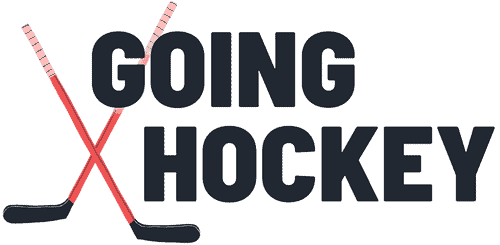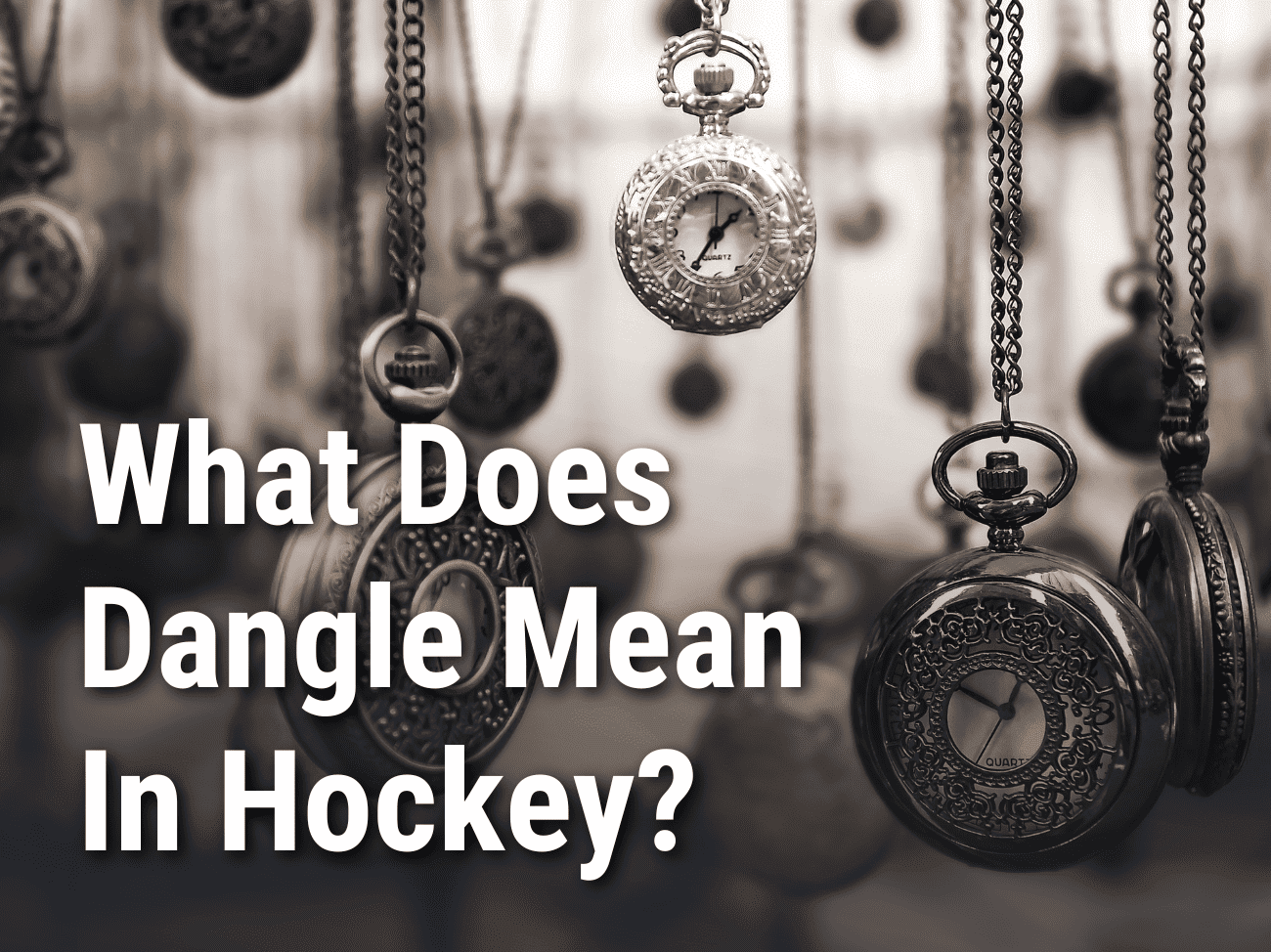Hockey, with its fast-paced action and skillful maneuvers, has captivated sports enthusiasts for generations. From bone-crushing hits to lightning-fast slapshots, the game is renowned for its physicality and finesse. Among the many unique terms and phrases used in hockey, “dangle” is one that has gained significant popularity in recent years.
What Does Dangle Mean In Hockey?
“Dangle” refers to the act of skillfully maneuvering the puck on a player’s stick blade to deceive opponents and navigate through tight spaces with finesse.
What Does Dangle Mean In Hockey?
In hockey, a “dangle” refers to the act of skillfully controlling the puck on a player’s stick blade in a way that deceives and outmaneuvers opponents.
It is a form of stickhandling that involves intricate puck control, quick changes of direction, fakes, and dekes (fake moves). Players who can execute dangles effectively are often praised for their creativity, finesse, and ability to navigate through tight spaces on the ice.
Dangling is an essential skill for forwards and offensive players as it allows them to retain possession of the puck, create scoring opportunities, and draw defenders out of position. By using deceptive movements and quick maneuvers, a player can “dangle” around defenders, opening up passing lanes, or getting into a better position to take a shot on goal.

There are various dangle techniques, such as the toe drag (pulling the puck in close to the player’s skates and dragging it past a defender), going under the stick, and going between a defenders legs. Each technique requires a combination of hand-eye coordination, stick control, and the ability to read and react to the opponent’s movements.
“Dangling” has become a highly entertaining and exciting aspect of hockey, often leading to highlight-reel plays that amaze fans and leave opponents bewildered. Professional players who excel at dangling, such as Connor McDavid, Trevor Zegras, and Cale Makar are revered for their exceptional puck-handling skills and their ability to create scoring opportunities seemingly out of thin air.
Overall, dangling is an essential component of the sport, showcasing the artistry and finesse that can elevate a player’s game to the next level. It epitomizes the beauty of hockey and exemplifies why the sport is beloved by millions of fans worldwide.
What Does Undress Mean In Hockey?
The term “undress” (also known as “undressing” or “getting undressed”) is a colorful and colloquial expression used to describe a particular type of skilled play by an offensive player.
When a player “undresses” an opponent, it means they have executed a series of deceptive moves or maneuvers that lead to the complete loss of the defender’s ability to effectively defend against the offensive player’s actions.
Typically, this occurs during a one-on-one situation, where an offensive player is carrying the puck and is facing a defender (often a defenseman). The offensive player uses their stickhandling, quick changes of direction, and body feints to deceive the defender and create space for themselves.

The deceptive moves are so effective that they leave the defender seemingly “undressed” or left in a vulnerable position, unable to stop the offensive player’s progress or retrieve the puck.
Undressing someone in hockey is a sign of exceptional skill and creativity on the part of the offensive player. It demonstrates their ability to read the defender’s movements, think quickly, and execute precise stickhandling techniques to gain an advantage on the ice.
When a player successfully undresses an opponent, it often results in an exciting scoring opportunity, as the offensive player has created space and time to make a pass, take a shot, or set up a play.
Similar to “dangle,” which is another term used in hockey to describe skillful stickhandling and puck control, “undressing” an opponent is a moment that can electrify fans and be the highlight of a game.
Players who are particularly adept at “undressing” opponents are highly regarded for their offensive prowess and ability to create scoring chances for themselves and their teammates.
What Does Dirty Dangles Mean In Hockey?
“Dirty dangles” in hockey refers to exceptionally skilled and deceptive stickhandling moves executed by a player to outmaneuver and deceive their opponents.

When a player performs “dirty dangles,” it means they are using highly creative and elusive puck-handling techniques to maintain possession of the puck while navigating through tight spaces and around defenders.
The term combines two hockey-related terms:
- “Dirty”
- In this context, “dirty” does not refer to unsportsmanlike or unethical play. Instead, it emphasizes the level of complexity and skill involved in the stickhandling moves. It’s a way of saying that the player’s dangles are exceptionally impressive, creative, and difficult for opponents to defend against.
- “Dangles”
- “Dangle” is a term often used in hockey to describe the art of skillfully maneuvering the puck on a player’s stick blade, typically in a one-on-one situation against a defender. It involves using quick changes of direction, fakes, and dekes (fake moves) to deceive the opponent and create space for the offensive player to make a play.
The term “dirty dangles” is often used colloquially by fans and commentators to describe highlight-reel plays and moments of brilliance during games. These plays showcase the artistry and finesse that can make hockey such an exciting and entertaining sport to watch. Players who are known for their “dirty dangles” are often celebrated for their skill and ability to create scoring opportunities out of seemingly impossible situations.
What Does Nasty Mean In Hockey?
The word “nasty” in hockey – in reference to dangles – means “unbelievably good” or “awfully good.” The word nasty carries the same meaning as “dirty” and the two words can often be used interchangeably.
When a move or dangle is said to have been “nasty” it means it was exceptionally creative and difficult to execute. These dangles often involve quick changes of direction, precise puck control, and deceptive fakes and dekes that can make even the most skilled defenders look helpless.

The term “nasty dangles” is a form of praise and admiration for a player’s exceptional offensive abilities.
Players with “nasty dangles” are capable of maintaining possession of the puck in tight spaces, weaving through traffic, and outmaneuvering multiple defenders with finesse and creativity. They can create scoring opportunities for themselves and their teammates, making them a significant offensive threat on the ice.
In essence, “nasty dangles” in hockey highlight the artistry and finesse of a player’s stickhandling skills. These plays often become memorable moments and are featured in highlight reels, captivating fans and showcasing the exceptional talent that elevates certain players to star status in the hockey world.


Leave a Reply